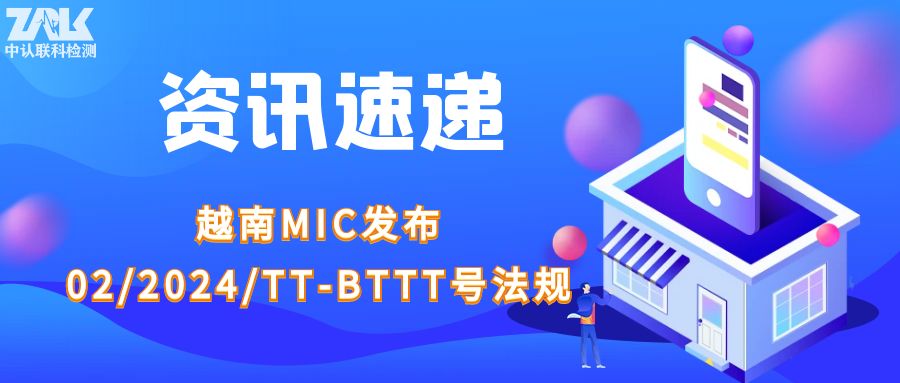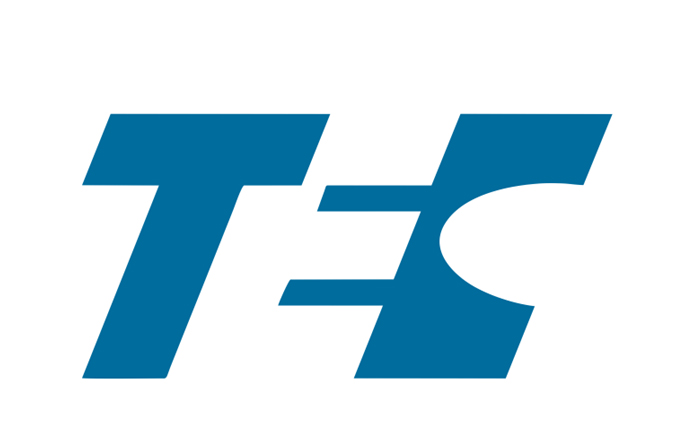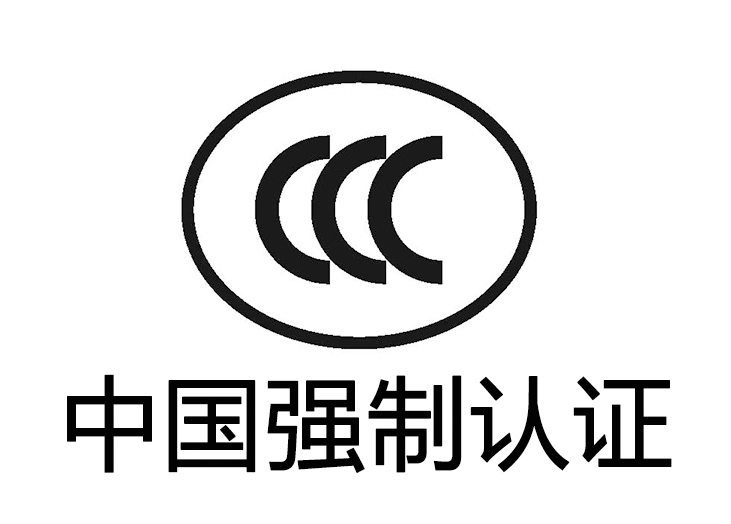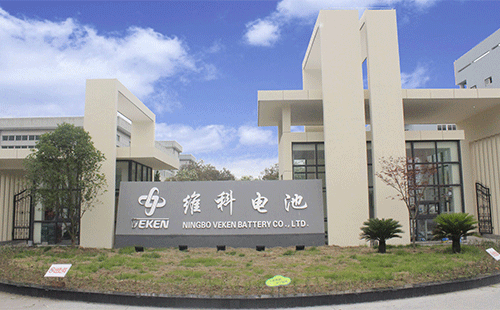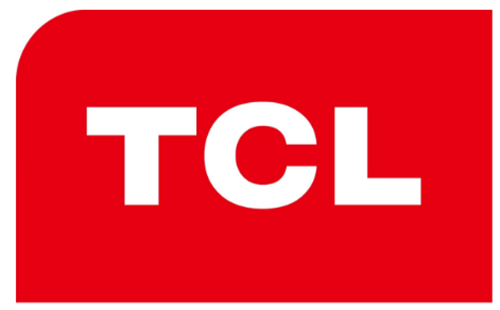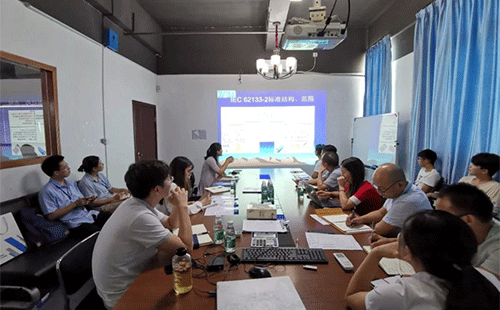Compulsory product certification (CCC certification)
In December 2001, the General Administration of Quality Supervision, Inspection and Quarantine issued the "Management Regulations on Compulsory Product Certification", which replaced the original imported product safety and quality licensing system and electrical product safety certification system with a mandatory product certification system. China Compulsory Product Certification is referred to as CCC certification or 3C certification. It is a statutory and compulsory safety certification system, and it is also a basic practice widely adopted internationally to protect the rights and interests of consumers and protect the personal and property safety of consumers.
Products listed in the "Product Catalog for Compulsory Product Certification" include household appliances, automobiles, safety glass, wires and cables, toys and other products. Among them, CQC is designated to undertake the 3C certification of products within the scope of the CCC catalog.
All products listed in the compulsory product certification catalogue that have not obtained the certification certificate of the designated certification body and have not applied the certification mark in accordance with the regulations shall not be imported, sold or used in business service places. It should be noted that the CCC mark is not a quality mark, but a basic safety certification.
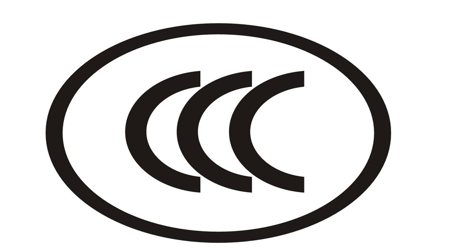
In addition to the factory inspection in the first application for 3C certification, after obtaining the CCC certificate, an annual review is also required to ensure the validity of the certificate. If the annual review is not performed, the 3C certificate will be suspended or cancelled.
But at present, many friends in the market do not know much about the factory inspection, and have stepped on some thunders more or less, and have a headache for the annual factory inspection. The following is the ZRLK senior CCC tutor based on 15 years of factory audit counseling work experience Common problem points and rectification plans have been sorted out for everyone to learn and understand:
Problems that are easily overlooked in the preliminary preparation of CCC factory inspection:
1. The address on the business license does not match the actual production address. The address of the production plant must be the actual production address, which is allowed to be different from the address on the business license; but a lease contract for the actual production address is required;
2. The first factory inspection must ensure that there is small batch production on the production line; for supervision and inspection, it is not necessary to have certified products in production, but there must be conformity inspections of qualified products after the previous inspection and the production line needs to have similar The product is in production;
3. Review the factory's production/management system documents;
4. OEM/ODM model cooperation agreement; covering different manufacturers and different product categories, for companies with more OEM or ODM certifications, first understand their supervision period and prepare samples in advance;
5. All technical documents related to the product;
6. Finished product confirmation inspection and periodic confirmation inspection of key components; finished product confirmation inspection only needs to cover different OEM manufacturers;
7. Check the calibration of the instrument.
Common non-conformities and rectification plans in CCC factory inspection
Common non-conformities in responsibilities and resources
Discrepancy: The quality manager and the certification liaison have no authorized appointment letter, or the authorized appointment letter has expired.
Rectification: The factory needs to supplement the authorization letter of the effective quality person in charge and the certification liaison officer signed by the factory. The quality manager and the certification liaison can be the same person;
Common non-conformities in documents and records
Problem: The factory failed to provide the latest and effective version of the management documents; the chaos of multiple different versions coexisting in the factory documents
Rectification: The factory needs to organize relevant documents and provide the latest version and documents that meet the certification requirements
Problem: The factory does not specify the storage time of its quality records, or the specified storage time is less than 2 years.
Rectification: The factory must clearly stipulate in the record control program that the record keeping time shall not be less than 2 years.
Problem: The factory did not identify and save important documents related to product certification
Rectification: The implementation rules related to product certification, implementation rules, standards, type test reports, supervision and spot check reports, complaint information, etc., need to be properly preserved for inspection.
Common non-conformities in procurement and key parts control
Problem: The company does not understand the periodic confirmation and inspection of key parts, or confuses it with the incoming inspection of key parts.
Rectification: If the key parts listed in the CCC certification type test report have not obtained the corresponding CCC/voluntary certification, the company needs to conduct annual confirmation inspections on the key parts according to the requirements of the implementation rules to ensure that the quality characteristics of the key parts can be Continue to meet the certification standards and/or technical requirements, and write the requirements into the relevant documents for regular verification and inspection. The incoming inspection of key parts is the acceptance inspection of key parts when each batch is purchased, and should not be confused with regular confirmation inspection.
Problem: When a company purchases key parts from secondary suppliers such as distributors, or entrusts subcontractors to produce key parts, components, sub-assemblies, semi-finished products, etc., the factory does not control these key parts.
Rectification: In this case, the company cannot directly contact the supplier of key components. The company should include a quality agreement in the second-tier supplier’s purchase agreement. The agreement states that the second-tier supplier is responsible for the quality control of these key parts, and what key quality needs to be controlled to ensure the consistency of the key parts.
Problem: Non-metallic materials of household electrical appliances are missing in regular confirmation and inspection
Rectification: Because the regular verification and inspection of non-metallic materials of home appliances is twice a year, companies often forget or only do it once a year. The periodic confirmation and inspection requirements for non-metallic materials twice a year should be included in the document, and the requirements should be strictly implemented.
Common non-conformities in routine inspection and confirmation inspection
Problem: The inspection clauses listed in the routine inspection/confirmation inspection documents do not meet the requirements of the certification implementation rules
Rectification: Companies need to carefully study the requirements for routine inspection of products and confirmation of inspection items in the relevant product certification implementation rules/specifications, and include the corresponding requirements in the relevant management documents for the certification of product inspections, and beware of missing items.
Problem: The routine inspection record is missing
Rectification: The company needs to train employees for routine inspections on the production line, emphasize the importance of routine inspection records, and record the results of routine inspections as required.
Common non-conformities in production process control
Problem: The key process in the production process is not correctly identified
Rectification: The company should identify the process that has an important impact on the conformity of the product with the standard and the process that has an important impact on the consistency of the product as a key process. For example, the assembly link in the usual sense; the dipping and winding link of the motor; and the extrusion and injection molding links of the plastic non-metal key parts. And in the enterprise management documents, these key processes are identified and controlled.
Common non-conformities in the control of non-conforming products
Problem: When there are major problems in the national and provincial supervision and random inspections, there is no prescribed handling method in the enterprise documents.
Rectification: When the factory learns that there are major problems with its certified products, the company documents need to stipulate that when the product has major problems in the national and provincial supervision and random inspections, it should promptly notify the certification body of the specific problems.
Problem: The company did not specify a designated storage location for non-conforming products on the production line and did not mark it.
Rectification: The enterprise should draw the storage area for the unqualified products at the corresponding work stations of the production line, and mark the unqualified products accordingly. There should also be relevant provisions in the document.
Common non-compliance items for inspection and test equipment
Problem: The company forgets to measure and calibrate the testing equipment within the period specified in its own documents
Rectification: The enterprise needs to send the equipment that has not been measured on schedule to a qualified measurement and calibration agency for measurement and calibration within the period specified in the document, and paste the corresponding label on the corresponding testing equipment.
Problem: The company has missing equipment function checks or missing records.
Rectification: The company needs to perform functional inspection of the testing equipment in accordance with its own documents. The method of functional inspection should also be implemented strictly in accordance with the company's documents. Be careful not to document that standard parts are used for functional inspection of the withstand voltage tester, but short on site If the similar inspection method does not correspond to the similar inspection method, such as the function inspection.
Common non-conformance items for changes and consistency control of certified products and on-site designated experiments
Problem: The factory has obvious product consistency inconsistencies such as key parts, safety structure, and appearance.
Rectification: This is a serious non-compliance item in the CCC certification. If there is any problem with the product consistency, the factory inspection will be directly judged as the fourth level failure and the corresponding CCC certificate will be suspended. Therefore, before making any changes to the products, companies need to submit a change application or make change consultation to the certification body to ensure that there are no problems with product consistency during factory inspections.
Common non-conformities of CCC certificate and mark
Problem: The factory has problems such as not applying for the approval of logo molding, and purchasing the logo without establishing a logo usage account.
Rectification: After obtaining the CCC certification, the factory should immediately apply to the CNCA Mark Center (not the certification body) to purchase the mark or apply for the approval of the mark molding. If it is an application to purchase a logo, the use of the logo requires the establishment of a ledger, which should correspond to the enterprise shipping ledger. "
Some problems that the production plant needs to avoid when applying for annual review
1. The company name of the key component manufacturer, purchase order/delivery note, and key component nameplate information that has been reported are inconsistent with the business license. Or the manufacturer provided has no business scope such as production and processing and does not meet the requirements;
2. The name and model of the key parts and materials purchased by the warehouse on the day of the audit are inconsistent with the report, and the key parts and batteries have no nameplate identification;
3. The products that have received the certificate are mixed with the products that have not received the certificate, and the CCC mark is incorrectly used on the uncertified products;
4. The certified product is marked with the CCC mark but the nameplate content is not Chinese, only English, no product name, no input parameters, no manufacturer or manufacturer name, which is inconsistent with the type test report;
5. The person in charge of quality does not pay attention to auditing the factory, and is not clear about his own responsibilities and authority;
6. The factory failed to provide an outsourcing agreement or quality assurance statement;
7. In the case where multiple colors are not reported in the type test report, the color of the samples produced in small batches on the day the factory is preparing to audit is inconsistent with the report;
8. The actual operating address of the factory is inconsistent with the type test report, and the actual operating address is not filled in when applying for certification;
9. Failure to promptly propose changes to the CQC when the information on the critical product list that has obtained the CCC/CQC certificate is changed.
Avoiding the above problems can help you pass the CCC certified factory inspection faster.
Tips:
CCC factory inspection is very important, and all factories should always pay attention! If you have any questions about the CCC certification audit, please contact our company ZRLK directly, and our engineers will answer you in the first time!


